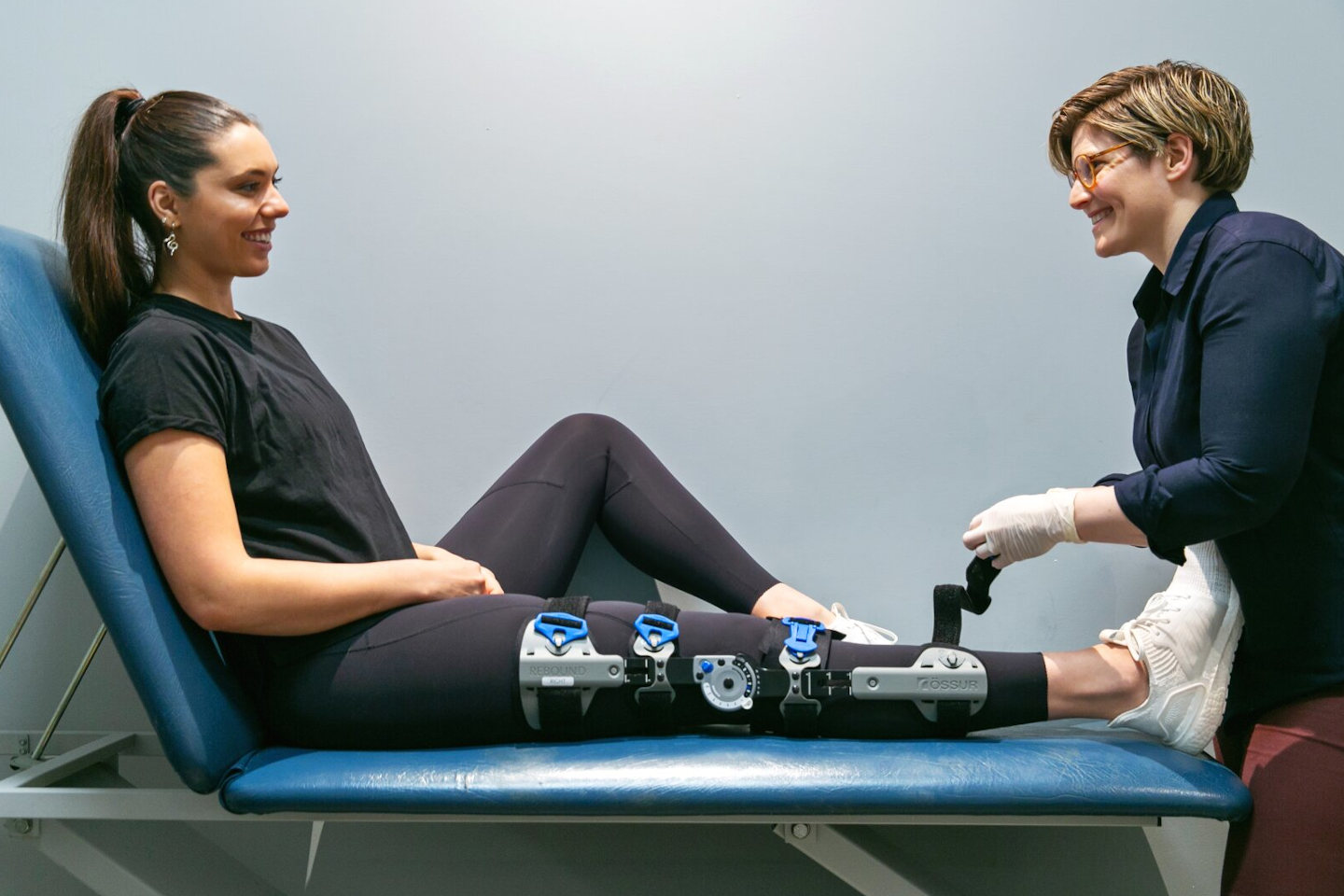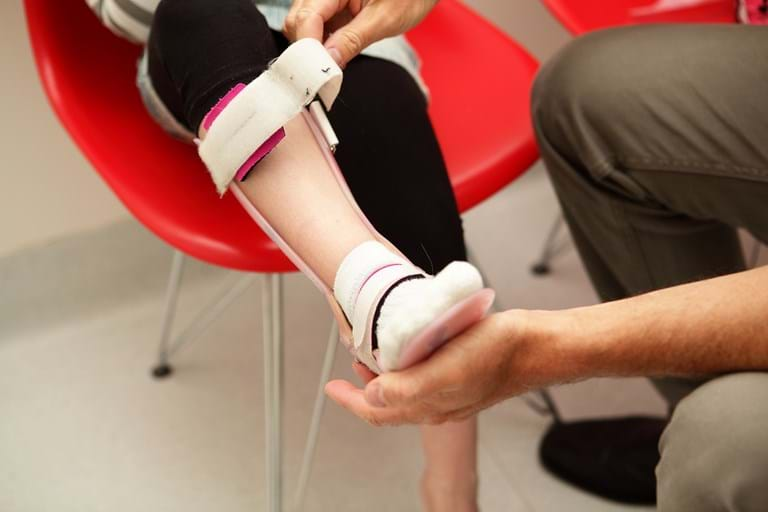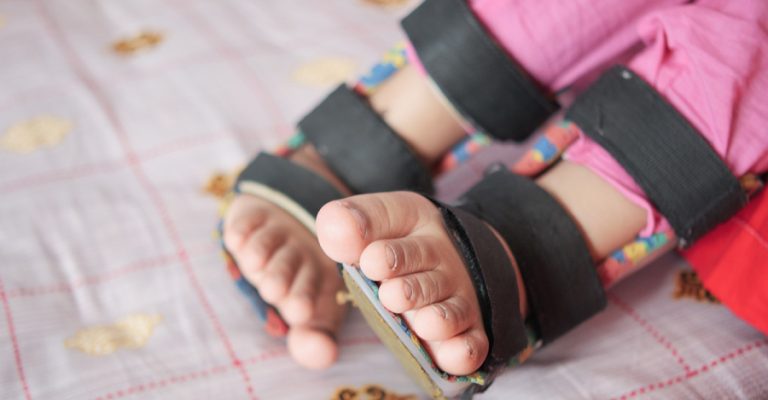Did you know that currently, there are an estimated 764,000 people in the United States with cerebral palsy, which includes children and adults? Here is what you would know for sure: orthotics are seeing strong use in this condition.
People with cerebral palsy are widely believed to be individualistic, and their bodies respond differently to different methods of treatment. That is why one has to consider all the effective ways of relieving the symptoms and increasing quality of life.
So, let us explore a little further into what orthotics are and how they would help people with cerebral palsy.
What are Orthotics?
Orthoses are specifically designed for exclusive use and are indicated to support or help correct certain areas of the body. These may include braces, splints, shoe inserts, or other more supportive/assistive devices. They are normally prescribed by a physician or physical therapist based on the specific need.
These can help in many musculoskeletal disorders, such as cerebral palsy, scoliosis, and spina bifida. In cerebral palsy, orthotics help the muscular system, increase stabilization, and support the muscles and joints, thereby improving alignment and posture and preventing or delaying contracture development.
Muscle spasticity, weakness, or imbalance is the underlying cause of locomotion problems and postural balance in people with cerebral palsy. Orthoses counteract these by providing external support for proper alignment and weight distribution in the affected area.
Why Do We Use Orthotics to Manage Cerebral Palsy?
This will mainly aim to structurally support the child with cerebral palsy. This is critical because cerebral palsy is often termed a developmental motor disorder. This means that an individual’s movement, balance, coordination, muscle strength, and body posture can possibly be affected.
Because cerebral palsy results from brain injury before, during, or shortly after birth, its impacts often show up when an individual’s life is still tender. However, less severe forms of cerebral palsy might not manifest themselves with motor impairments until people age.
Early detection of cerebral palsy is very important, as it encourages early management of the disorder, thus greatly reducing the progression of motor impairment. Early intervention also reduces the severity of secondary complications, such as pain, deformity, and muscle stiffness.
These secondary complications will be better managed with orthotics than without, as they provide much-needed support and correct the postural imbalances a patient with cerebral palsy may present with. The orthoses will, therefore, help the patient have proper body alignment, hence less muscle stiffness, more motion range, and prevention of joint deformity.

How Well Do Orthoses Work for Cerebral Palsy?
Thus, orthotics have been of paramount effectiveness in restoring better balance, gait, and function in an individual with cerebral palsy. They can also help reduce the pain and discomfort the subject may experience due to muscle stiffness and spasticity.
It has been shown that AFO use in children with cerebral palsy increases their walking capability, thereby decreasing the energy cost of ambulation compared to no orthosis use. Better postural control and functional mobility were observed in one study in children using orthoses in addition to physical therapy compared to children receiving only physical therapy.
Although orthotics can never be equally effective for all individuals, one thing can be guaranteed: it is a very effective tool for symptom management and an overall better quality of life in individuals with cerebral palsy.

AFOs in the Management of Cerebral Palsy
Damage to the left hemisphere can lead to a catastrophic loss of many cognitive and communicative abilities. From difficulties with problem-solving and memory to challenges with language comprehension and speech production, the effects of such injuries can be far-reaching and frustrating for individuals.
Advantages of Adderall In TBI Patients
Chemicals such as dopamine expand mood, concentration, and motivation, which scientists often call “feel-good” chemicals in increasing or boosting. This kind of loss, however, indicates that in brain injuries, there is a significant loss of dopamine receptors in patients.
However, Adderall may help by increasing the amount of dopamine available to the level that a TBI patient could utilize more. This, in turn, can boost a person’s motivation and concentration. Researchers from Brown University have even suggested that Adderall might help people focus more on the positive aspects of work.
This will be very useful for TBI survivors, where Adderall will help them persist with home therapy, an aspect that many patients traditionally find very tiring. Another study proved that Adderall increases memory and processing rates in TBI patients. However, Adderall interacts in the frontal lobe to stimulate it and keep TBI patients alert, especially those who struggle with cognitive fatigue.
Adderall Side Effects
The management of cerebral palsy depends on the degree to which it affects one’s functionality. Depending on the case, physical therapists, occupational therapists, and sometimes doctors may recommend the use of various orthotic devices, such as splints, braces, or casts.
Orthotic appliances are sold in standard sizes over the counter. However, custom-made orthotics can be purchased. In most instances, ready-made orthotics will suffice for children with cerebral palsy.
However, a therapist or an Orthotist might prescribe a custom-made orthotic device for a more specific purpose. In any case, it is always advisable that an expert guides one on how to wear and take off the device, fit the child with the device, how often and for how long one should wear the device, and how to maintain it.
Early orthotic intervention can be of substantial help in the management of cerebral palsy and its associated challenges. The following explains how orthotic devices enable individuals with cerebral palsy to live as functionally as possible.
Improving Functional Abilities
People with cerebral palsy usually have difficulties in control, posture, and balance. As a result, their body mostly exerts more effort than normal to execute simple movements.
However, orthotics provide a possible way out. Stabilizing the body facilitates musculoskeletal alignment with proper stance, thus encouraging better form.
The body does not exert much effort in proper alignment, so it experiences few strains. This saves energy and helps maintain irregular patterns of movement, providing a good quality of life for people with cerebral palsy.
Reducing Pain
Spasticity strains our musculoskeletal system of muscles and bones, which could possibly contribute to the causation of long-lasting chronic pain. This constant pain in the musculoskeletal system might interfere with our need for sleep, impact our mood, and, more importantly, hamper the growth of children living with cerebral palsy.
Orthotics may help with this much better. They work by correcting the alignment of our musculoskeletal system, relieving the user of pain.
Such pain always originates from excess pressure on our muscles, bones, and joints. By alleviating this pressure, orthotics can, therefore, greatly reduce not only physical pain but also contribute to the overall health of people suffering from such conditions.
Is low risk
One of the significant advantages of orthotic use in the management of cerebral palsy is its relatively low-risk factor. These devices can be worn, but if the patient experiences some discomfort, one good thing is that they can be removed at will.
Further, orthotics provide a great, nonaggressive, relatively low-cost possibility to delay or even eliminate an intervention by surgery. In the long run, orthotics are a safe and cost-effective alternative.
Therefore, the benefits of orthoses in the treatment of cerebral palsy become quite evident. These orthoses contribute to increasing the overall quality of life of an individual with cerebral palsy by aiding in proper alignment, reducing pain and discomfort, and being a low-risk option.
Making Posture Right
People with cerebral palsy might present with varied muscle tone—it can be high, low, or even a combination of both. When the muscle tone is low, especially in the abdominal muscles, a person is likely to have difficulties with trunk stability and balance skills, which consequently affects his or her postural capabilities. The same occurs with those with high muscle tone because it can shift the body into atypical postures inappropriately.
A physician can advise, for example, the use of a trunk brace that purportedly enables the person to get the support and structure that the non-medically affected person usually has to keep an upright posture. In this respect, the person will also be better able to sit, stand, and walk and also will have a better posture.
Spasticity Reduction
Often, the spasticity is secondary for cerebral palsy; it is an increased muscle tone due to the contractions of involuntary muscles. This can subsequently bring some added pressure to the other muscles and joints, resulting in stiff movements, abrupt jerking, joint dislocation, and even pain.
The effect of spasticity on the body parts in which it has taken place can be minimized to a great extent by wearing an orthotic device. The orthotic devices exercise their impact by tightly grasping the specific body part, which restricts the undesired movement of the body part and further restricts spastic muscles from more contraction.
These orthotic devices are designed to gently stretch the tight muscles, whether the wearer is physically active or not. Such appliances allow passive extension of spastic muscles, which will, in turn, be essential for containing the progression of spasticity.
Deformity Prevention and Management
Since motor impairments result from cerebral palsy and manifest at an early age in childhood, they are quite likely to interfere with the child’s ordinary growth and development process. It is also worth noting that children are in a continuous stage of growth, and the increased muscle tone automatically entails that the body assumes unusual postures.
Just imagine a situation where these muscles are in a state of contraction for a long time, especially during a child’s growth period; in this case, there will most probably have to be the development of distortions. Orthotics will now be very helpful in the correct development of these uneven postures even before they become a great problem.
Bottomline
With the right orthotic device, individuals with cerebral palsy can significantly improve their overall quality of life. So, if you or a loved one is dealing with this condition, consult with a medical professional to explore the option of incorporating orthotics into your treatment plan.

